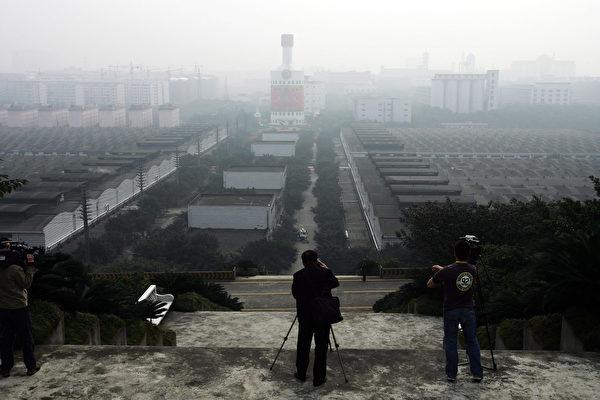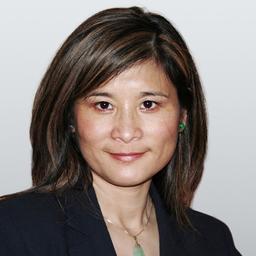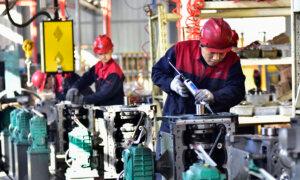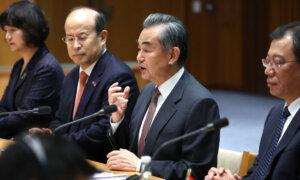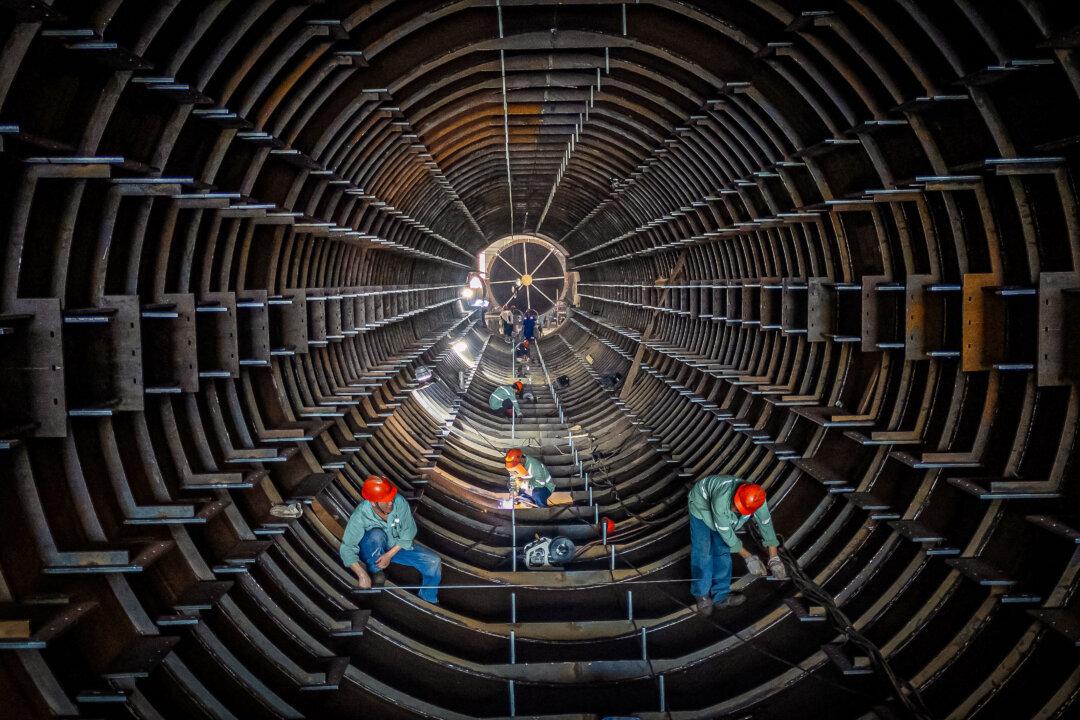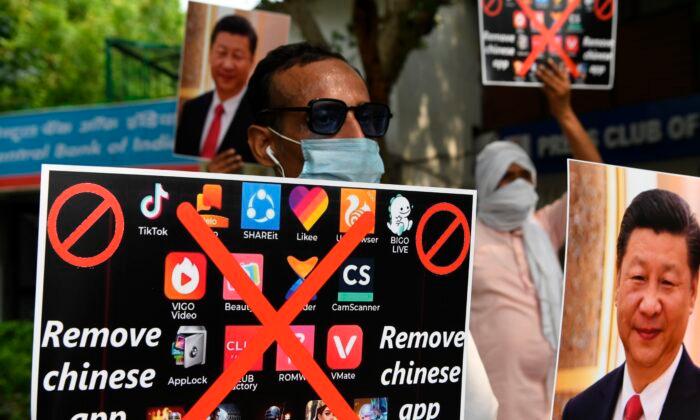Xi Jinping, the paramount leader of the Chinese Communist Party (CCP), has coined numerous new terms since taking office, with “new productive forces” being one of his latest. This term has garnered significant attention during the recent CCP Two Sessions, triggering propaganda and educational campaigns throughout China. However, a critical analysis suggests that Xi’s ambition to overcome China’s economic challenges through comprehensive industrial upgrades is fundamentally unrealistic and is likely to result in yet another manifestation of corruption within the CCP officials, leading to failure.
The concept of “new productive forces” was first unveiled by Xi during his visit to Heilongjiang Province in September 2023. According to the CCP’s official explanation, this term refers to advanced productive forces generated through revolutionary technological breakthroughs, innovative allocation of production factors, and profound transformation and upgrading of industries.
CCP-controlled media have portrayed “new productive forces” as a focus on cutting-edge technologies to drive economic growth. Technologies such as big data, cloud computing, artificial intelligence, and green low-carbon technologies are highlighted as key sectors of this initiative.
Additionally, the CCP emphasizes that the development of new productive forces does not entail neglecting traditional industries but rather enhancing them through technological innovation. This principle, termed “establishing before breaking,” was enshrined in the decision document of the Central Economic Work Conference last December, outlining China’s economic development strategy.
Mike Sun, a North American investment advisor with expertise in the Chinese economy, provided insight to The Epoch Times regarding the CCP’s strategy. He explained that the concept of “establishing before breaking” reflects the stagnation of China’s traditional economic drivers, namely investment, consumption, and exports. The real estate sector, which contributes nearly 30 percent of China’s GDP, is particularly troubled, posing a substantial risk to the economy. However, there have been some positive developments in export sectors, such as electric vehicles, exemplified by BYD Auto Co., Ltd., a publicly listed Chinese multinational manufacturing company that integrates big data, cloud computing, AI, and other high-tech innovations. Authorities aim to bolster these industries and gradually facilitate industrial upgrading to tackle economic challenges.
Mr. Sun likened China’s approach to stimulating household consumption, such as through incentives for replacing old cars and home appliances, to Japan’s promotion of digital television sets in the past. However, he cautioned, “This economic effect is also short-term. It’s just that the CCP has expanded this strategy to include the electric vehicle industry.”
Japan spearheaded the transition to digital television signals in 2003, promoting the digitization of television sets across Japanese society within approximately eight years, culminating in 2011. This initiative was anticipated to generate around $1.4 trillion in economic benefits, injecting vitality into the sluggish economy.
Recently, the State Council of China announced measures aimed at stimulating consumer spending by facilitating the exchange of old cars and home appliances for new ones. Additionally, directives were issued to reduce down payment ratios for auto loans and establish reasonable terms and amounts for car loans. The CCP leader unveiled these policies during the fourth meeting of the Central Finance and Economic Committee on Feb. 23.
China has made significant strides in electric vehicle production and exports, capitalizing on market opportunities. In the first 11 months of the previous year, China’s automobile exports surged to 4.412 million vehicles, marking a 65.1 percent year-on-year increase, surpassing Japan’s exports of 3.99 million vehicles during the same period. Notably, BYD exported a total of 216,000 new cars in the same timeframe, reflecting a remarkable 3.6-fold increase compared to the previous year and outpacing Tesla in the fourth quarter to emerge as the new leader in the global electric vehicle market.
Amidst waning momentum in real estate and traditional exports, the CCP appears to be seeking new industrial footholds. BYD electric vehicles, featuring “revolutionary technological breakthroughs” highlighted in the concept of “new productive forces,” are emerging as a potential pillar industry that the authorities want to “establish.”
However, despite a $1 billion annual investment and a decade-long endeavor, Apple’s recent announcement of discontinuing its Apple Car development project underscores the formidable challenges facing the electric vehicle sector.
Apple’s decision, revealed at the end of February, to terminate its electric car project, beset by technical hurdles including the inability to achieve fully autonomous driving without a steering wheel after years of research and development, has raised pertinent questions.
According to Mr. Sun, core technologies underpinning Chinese electric vehicles are derived, if not outright pilfered, from European and American counterparts. Apple’s withdrawal signals a loss of a crucial reference point for the CCP, casting doubts on its ability to achieve breakthroughs in AI autonomous driving technology.
Moreover, concerns persist regarding BYD electric vehicles’ safety and environmental impact, with a high incidence of natural battery explosions posing significant risks. The European market is increasingly favoring environmentally sustainable hydrogen-powered cars, presenting a formidable challenge to electric vehicles.
In July 2023, at the World New Energy Vehicle Conference in Munich, Germany, BMW Group unveiled the BMW iX5 Hydrogen, a cutting-edge hydrogen fuel cell vehicle boasting rapid refueling times of 3 to 4 minutes and a maximum range of 504 kilometers, signaling a paradigm shift towards sustainable transportation solutions.
Simultaneously, on July 26 of the same year, the German government approved a revised version of the “National Hydrogen Strategy,” emphasizing diversifying hydrogen supply sources. Industry experts anticipate that this move may accelerate the development of hydrogen energy vehicles in Germany.
On the other hand, Toyota and South Korean automaker Hyundai Motor are spearheading the introduction of hydrogen energy vehicles into the market, each targeting different sectors. Toyota has opted to debut European hydrogen buses, while Hyundai Motor is focusing on European hydrogen trucks, both generating considerable anticipation within the market.
Currently, the CCP is vigorously promoting the “new productive forces,” turning an economic model into a movement. Zeng Congqin, the chairman of the Wuliangye Group, boldly claimed that “the brewing of liquor involves molecular genetics, microbiology, etc., thus becoming an important carrier for developing ‘new quality productive forces.’” Wuliangye Group is a state-owned enterprise and the largest liquor manufacturer in China, with an annual production capacity of 450,000 tons of liquor.
Xi'an University of Science and Technology has taken the lead in establishing the “New Productive Forces Research Center” on March 3, with the university president personally overseeing the center’s theoretical research and technological innovations.
Subsequently, various “learning and understanding” campaigns have been launched across China, extending even to Hong Kong, with claims that “Hong Kong plays a crucial role” in addressing challenges deemed “insurmountable” by Western counterparts.
Mr. Sun also highlighted the rapid escalation of the CCP’s propaganda surrounding “new productive forces” into a national movement. According to the CCP’s definition, “new productive forces” represent a revolutionary transformation within the technology industry, a feat that even the combined efforts of Europe and the United States may struggle to achieve. However, he cautioned that this fervent push resembles another forceful initiative akin to the “chip leap forward.” He predicted that “new productive forces” would become another symbol of corruption within the CCP ranks, leading to failure.
